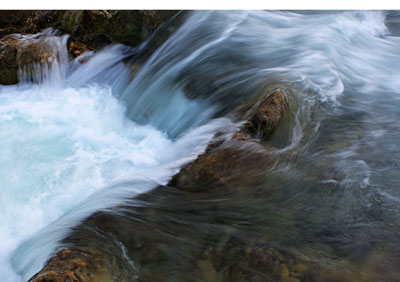All Nonfiction
- Bullying
- Books
- Academic
- Author Interviews
- Celebrity interviews
- College Articles
- College Essays
- Educator of the Year
- Heroes
- Interviews
- Memoir
- Personal Experience
- Sports
- Travel & Culture
All Opinions
- Bullying
- Current Events / Politics
- Discrimination
- Drugs / Alcohol / Smoking
- Entertainment / Celebrities
- Environment
- Love / Relationships
- Movies / Music / TV
- Pop Culture / Trends
- School / College
- Social Issues / Civics
- Spirituality / Religion
- Sports / Hobbies
All Hot Topics
- Bullying
- Community Service
- Environment
- Health
- Letters to the Editor
- Pride & Prejudice
- What Matters
- Back
Summer Guide
- Program Links
- Program Reviews
- Back
College Guide
- College Links
- College Reviews
- College Essays
- College Articles
- Back
Disaster in a Bottle MAG
Do you take a disposable water bottle with you to school each day? According to the Beverage Marketing Corp., back in 1976 Americans drank an average of 1.6 gallons of bottled water each per year. By 2006, that had amount had increased to 28.3 gallons. So if you drink a bottle of water a day, that's 365 plastic bottles you throw away each year!
We may think it's okay if we simply toss those bottles into a recycling bin, but the situation is much more problematic than that. Although more than 2.4 billion pounds of plastic bottles are recycled each year in the United States, that's only about 27 percent of the total water bottles used. We may encounter those lethargic days of not wanting to maneuver our behinds to the nearest blue bin. Instead, we find ourselves trashing empty bottles into garbage cans. The truth is, not everyone recycles.
Reason number one why we should abandon the use of plastic water bottles is that it is a heavy burden on the environment. If not properly recycled, plastic bottles can take centuries to decompose in a landfill. All these tossed bottles pile up, occupying more and more space. Fossil fuels are wasted to chop down trees to make room for these bottles, aging yet not quite decomposing in the sun. Some of them may even leak toxic chemicals into the ground, polluting the soil we grow crops in and the water we drink. Plastic bottles make up most of the 24 percent of plastic in America's landfills, even though they shouldn't even be there in the first place.
Not only is consumption of bottled water catastrophic to the environment, it also harms our health. At first glance, your water bottle may seem like a healthy drink choice, but it's not the water that's hazardous – it's the bottle. Have you ever looked on the bottom of plastic containers and noticed a tiny triangle with a number inside? That number ranges from 1 to 7. It is called the plastic identification recycle code. Number 1 plastic, also known as PETE, is extremely permeable, making it an ideal breeding environment for bacteria. Therefore, these containers are nonreusable and must be disposed of after their first use.
Number 7 plastic is made of various other plastics that are not defined by numbers 1 through 6. This may be the most dangerous type because it can contain Bisphenol A, a harmful xeno-estrogen that interferes with human hormonal messaging, causing early sexual maturation and infertility, and harming brain development in young children. It can even be lodged in fat tissue, leading to heart disease and diabetes. Thankfully, more and more manufacturers, like CamelBak and Trader Joe's, are going BPA-free. Number 3 plastic, PVC, can also contain BPA. Numbers 2 (HDPE), 4 (LDPE), and 5 (PP) are safe plastics, but 4 and 5 are hard to recycle, leaving 2 as your best option.
Unfortunately, most water bottles are made of number 1 plastic; after consuming the contents, the most you can do is recycle the bottle.
Though you may view recycling as an environmentally friendly action, it actually requires tons of money and energy. After entering a recycling center, plastic bottles have to be sorted, crushed, melted down, purified, and processed through many steps that require burning fossil fuels before the plastic can be made into new items.
You may ask, if recycling water bottles is still bad for the environment, what else can I do? There are many options. One smart choice is to use a refillable bottle made of stainless steel or BPA-free number 7 plastic. Many sports-equipment companies produce these containers. They come in a variety of sizes and designs. When you're at home, say no to that water bottle and turn on the tap instead. If you are unsure about the safety of your tap water, you can purchase purification tablets to ensure it is drinkable, or you can boil it.
The next time you're thirsty, ignore your lazy urge to simply grab a bottle of water. Take the time to think about your health and the health of those around you. As pure as the water in the bottle may seem, a tiny sip can go a long way.

Similar Articles
JOIN THE DISCUSSION
This article has 1 comment.
